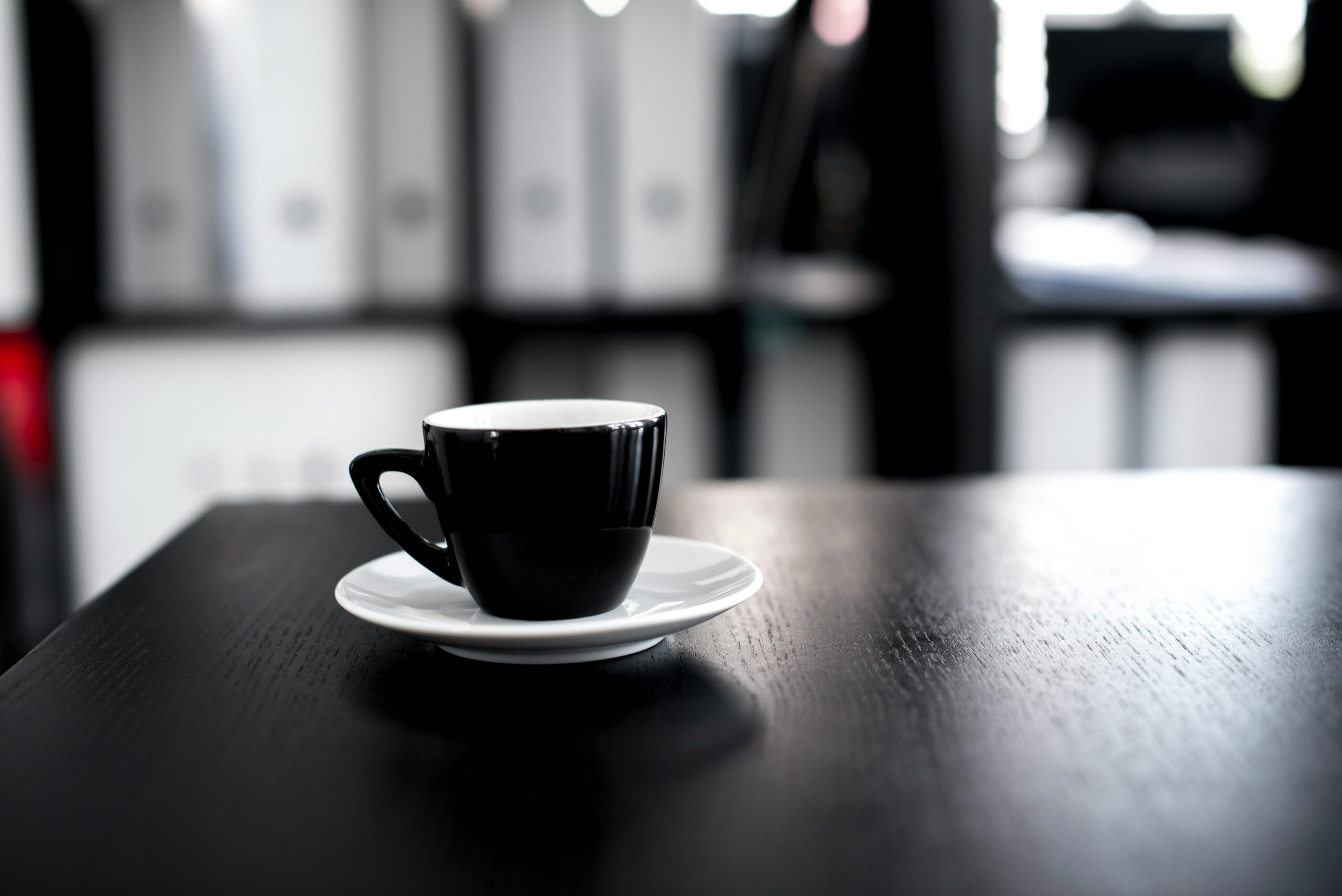Why Advanced Coffee Techniques Matter
For true coffee connoisseurs, brewing isn’t just a routine—it’s a craft. While beginners focus on grind size and water temperature, advanced brewers explore pressure profiling, extraction curves, and sensory calibration. These techniques unlock deeper flavor layers, improve consistency, and elevate the entire coffee experience.
Whether you’re a home enthusiast or a professional barista, mastering advanced coffee techniques means stepping into the realm of precision, artistry, and innovation. It’s where science meets ritual—and where every cup becomes a statement.
1. Pressure Profiling: Controlling Flavor Through Flow
Pressure profiling allows baristas to manipulate the pressure applied during espresso extraction. Instead of a constant 9-bar flow, advanced machines let you vary pressure over time—starting low to saturate the puck, then ramping up for full extraction.
This technique can highlight delicate notes in light roasts or reduce bitterness in darker blends. It’s especially useful for single-origin espresso, where flavor clarity is key.
Learn more from Coffee Rank IQ’s guide to pressure profiling.
2. Dialing In: The Art of Espresso Calibration
Dialing in means adjusting grind size, dose, and extraction time to achieve the perfect shot. It’s a daily ritual for baristas, and a critical skill for anyone serious about espresso.
Start with a consistent dose (e.g., 18g), then tweak grind size until your shot time hits the sweet spot—usually 25–30 seconds. Taste, adjust, repeat. It’s a feedback loop that sharpens your palate and teaches you how variables interact.
The SCA Coffee Skills Program offers structured training on dialing in and other espresso fundamentals.
3. Advanced Pour-Over Techniques: Precision in Every Drop
Pour-over brewing is deceptively simple—but mastering it requires control over flow rate, agitation, and bloom timing. Advanced brewers use gooseneck kettles, scales, and timers to fine-tune every step.
Key techniques include:
- Spiral pouring for even saturation
- Pulse pouring to control extraction
- Temperature profiling for flavor modulation
Watch the Pourover Lesson for Advanced Brewers for expert tips on technique and timing.
4. Latte Art Mastery: From Rosettas to Tulips
Latte art isn’t just visual—it reflects milk texture, pour control, and espresso quality. Advanced baristas learn to steam milk to microfoam perfection (around 55–65°C), then pour with precision to create symmetrical designs.
Popular patterns include:
- Heart
- Rosetta
- Tulip
- Swan (for pros!)
The Barista’s Guide to Perfect Espresso includes a section on crema quality and milk integration.
5. V60 Optimization: The Ultimate Cone Brew
The Hario V60 is a favorite among specialty brewers. Its cone shape and large opening allow for dynamic flow control. Advanced users experiment with:
- Grind size (medium-fine)
- Water temperature (92–96°C)
- Pouring height and speed
- Drawdown time and paper filter impact
Check out The Ultimate V60 Technique for a step-by-step breakdown.
6. Coffee Roasting Theory: Unlocking Bean Potential
Roasting is where green beans become flavor bombs. Advanced roasters study heat transfer, Maillard reactions, and development time. They use roast curves to track temperature over time and adjust airflow, drum speed, and charge weight.
Understanding roast profiles helps you match beans to brew methods. For example, light roasts shine in pour-over, while medium roasts balance well in espresso.
Explore The Most Advanced Coffee Roasting Theory You Need to Know for deeper insights.
7. Sensory Calibration: Training Your Palate
Advanced coffee tasting involves identifying acidity, sweetness, bitterness, and body. Baristas use cupping protocols and flavor wheels to evaluate beans and brews.
Sensory calibration improves consistency and helps you communicate flavor profiles with customers or fellow enthusiasts. It’s also essential for quality control in cafés and competitions.
The SCA Sensory Skills Module teaches professional cupping and taste evaluation.
8. Coffee Cocktails: Blending Technique with Creativity
Coffee cocktails combine brewing precision with mixology flair. Advanced recipes use cold brew, espresso, or coffee infusions as a base—paired with spirits, syrups, and garnishes.
Popular creations include:
- Coffee Negroni
- Espresso Old Fashioned
- Cold Brew Martini
Watch Advanced Techniques – Coffee Filtered Cocktails for recipes and presentation tips.
Where to Promote This Content
Based on search volume and coffee culture density, the best regions to target ads and content are:
| Country | City | Why It Works |
|---|---|---|
| United States | Portland, OR | High specialty coffee interest |
| Australia | Melbourne | Strong barista culture and café scene |
| United Kingdom | London | Growing third-wave coffee movement |
| Canada | Vancouver | Active coffee community and events |
| Brazil | São Paulo | Emerging specialty coffee market |
Use Google Ads, Instagram Reels, and YouTube Shorts to reach baristas, café owners, and home brewers in these cities.
Final Thoughts
Advanced coffee techniques aren’t just for professionals—they’re for anyone who sees coffee as more than a beverage. From pressure profiling to latte art, these skills deepen your appreciation and elevate your craft.
In 2025, coffee is a language. And with the right tools, training, and mindset, you can speak it fluently.

